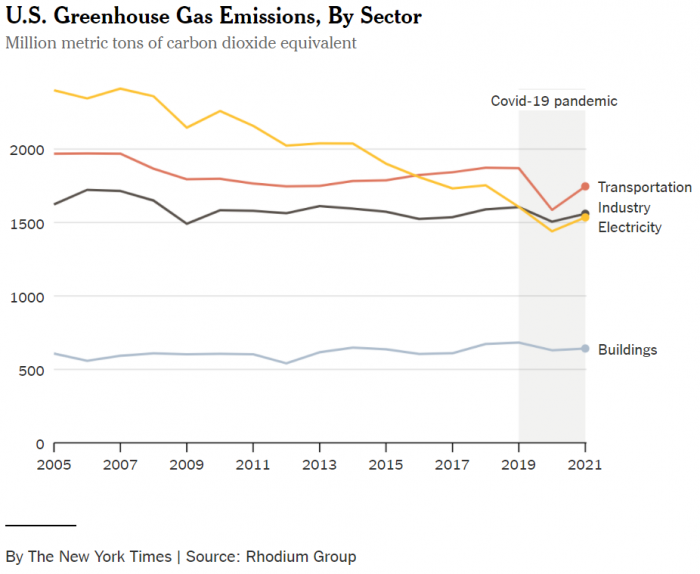A few weeks ago, the New York Times reported that greenhouse gas emissions rose 6% in 2021. Despite the social and economic upheaval of the past few years due to a global pandemic, it’s important to remember that climate change remains an ever-present threat. As this reporting showed, transportation is still the leading contributor of climate emissions in the United States. In order to avoid the worst impacts of climate change, we will have to dramatically reduce our transportation emissions.

Transitioning to electric vehicles (EVs) is a part of the solution, but it will take decades to get all our internal combustion engine cars off the road. We need to invest in better walking, biking, and transit infrastructure across Wisconsin. We also need to make our land use more sustainable so that people do not have to drive everywhere all of the time. This includes changing zoning, density requirements, and regulations. Changes to local zoning should support mixed-use developments with compact, pedestrian-focused lot sizes. We should also be focusing our development around existing transit lines.
By addressing land use and transportation together we can lower carbon emissions, improve public health, and create more vibrant and livable Wisconsin communities for everyone. Learn more in our blog series, The Transportation Connection.
